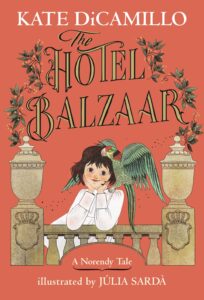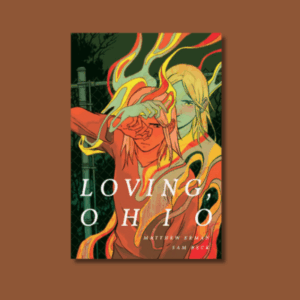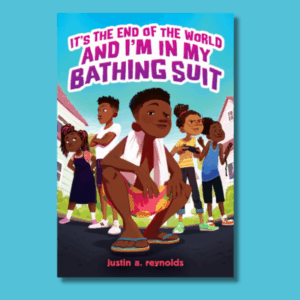 Review By: Anonymous
Review By: Anonymous
Published: 2024
Series: The Norendy Tales
Genre(s): Fiction, Historical Fantasy, Fantasy, Fairytale
Audience: Grades 3 to 6
Content Warnings: Minor parental absence, loneliness and emotional isolation, symbolic darkness
Goodreads Link: Goodreads Link
Publisher’s Summary: In a wise and magical follow-up to The Puppets of Spelhorst, Kate DiCamillo revisits the land of Norendy, where tales swirl within tales—and every moment is a story in the making. At the Hotel Balzaar, Marta’s mother rises before the sun, puts on her uniform, and instructs Marta to roam as she will but quietly, invisibly—like a little mouse. While her mother cleans rooms, Marta slips down the back staircase to the grand lobby to chat with the bellman, study the painting of an angel’s wing over the fireplace, and watch a cat chase a mouse around the face of the grandfather clock, all the while dreaming of the return of her soldier father, who has gone missing. One day, a mysterious countess with a parrot checks in, promising a story—in fact, seven stories in all, each to be told in its proper order. As the stories unfold, Marta begins to wonder: could the secret to her father’s disappearance lie in the countess’s tales? Book two in a trio of novellas bound by place and mood—with elegant line art by Júlia Sardà—The Hotel Balzaar masterfully juggles yearning and belief, shining light into every dark corner.
Review: This book is about a girl Marta, who finds herself living in the attic of the Hotel Balzaar. Her mother is a maid there, who tells her daughter she is to stay quiet and unseen. When she suddenly meets a mysterious, yet intriguing woman who tells her she wants to talk to her, this woman she tells Marta is the Countess. The Countess is accompanied by a parrot, whom the Countess claims was a General in the Army. The Countess tells Marta she has seven stories to tell her. Each story triggers a memory or connection to Marta’s father, who is a soldier who has been missing for a long time. Each story is left without a complete ending, which leaves Marta on her toes. Are the stories connected to her father, or is it just a coincidence? Does the Countess know Marta’s father?
This book was very interesting. It is not a typical book I would read. At first I was confused. I did not understand or necessarily enjoy how all the stories told by the Countess were left without an ending, leaving Marta eager to hear what happened next. At times I thought the Parrot was her father. I really enjoyed the mysterious character of the Countess. I found her to really engage the reader and her persona was picked up easily. I wanted to know more about how Marta and her mother got to the Hotel Balzaar and why Marta was to stay unseen. The time period of this story is never shared and I was curious as to when this story took place. The ending is a feel good ending. I wondered if or how the Countess knew the father would come back, or what happened to her after she went to the Circus. I think this story could have been much longer and can leave the reader with a lot of questions, but the premise was cute. It reminded me of something I would read when I was little, how some books of my childhood were written.
I would recommend this book to kids. I think it would take a certain reader to enjoy it. I can see some kids thinking this type of book is boring and not being able to follow the little stories that the Countess tells. I think students who can think outside the box and enjoy fiction and fairy tales would enjoy this book.
Some themes from this book are persistence, symbolism, hope and reliance, impact of loneliness, imagination versus reality and family.
There are a lot of illustrations. These pictures remind me of old fairy tales. Simplistic yet detailed illustrations. The illustrations are not light and happy, but mysterious like the Countess’s character. The illustrations are in all black and white and make the reader think the book was written a long time ago.
I think some kids would enjoy this book. I do not really think many kids would pick it up based on the cover. There is an illustration of Marta and the parrot. The illustration is not like the cartoons the kids are used to seeing in this day and age, so I am not sure they would find it interesting.
You can connect this book to ELA and talk about storytelling and symbolism. You could teach character change, character development, character traits, perspective, theme, setting, fairy tales. Readers could connect to art and create new up to date illustrations to go along with the book.
Students could connect to writing and write their own fairytale or a sequel to this book on what happens to the Countess and her parrot when they return to the circus. Students could create their own positive affirmations and spread them around the school for people to find. Placing them in an egg or something to open like in the book. Students could write from the perspective of the Countess, Parrot Blitzkoff or Mother. Students could write their own stories with symbolism from their lives. There is not much diversity in the title. Another book I have read and loved by this author is Because of Winn Dixie. The styles of writing are completely different between the books, which shows the author has a diverse writing style.



